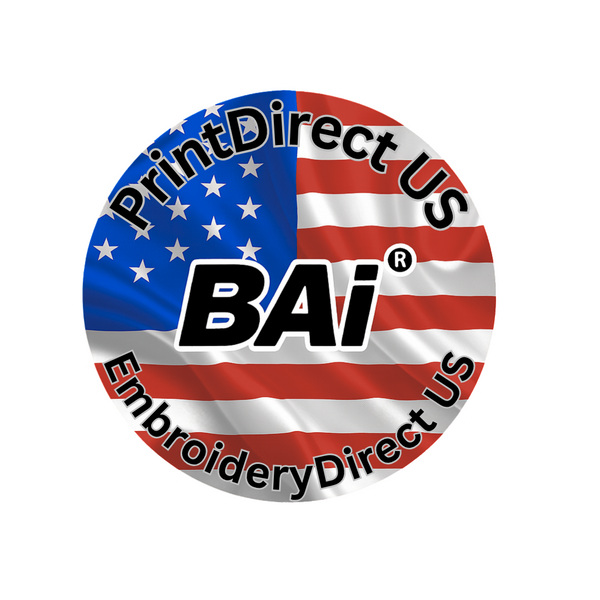
Common Mistakes to Avoid in DTG Printing
Share
Direct-to-garment (DTG) printing is a revolutionary technology that allows for high-quality, full-color prints directly onto fabric. However, to achieve optimal results, it’s essential to avoid common mistakes that can compromise the quality of your prints. Here, we’ll identify these common errors and provide tips on how to avoid them, ensuring your DTG prints are always top-notch.
1. Inadequate Pre-Treatment
Mistake: Skipping or improperly applying the pre-treatment process.
Why It’s a Problem: Pre-treatment is crucial for ensuring that the ink adheres properly to the fabric. Without it, prints can appear dull and may wash out quickly.
How to Avoid It: Always follow the manufacturer’s guidelines for pre-treatment. Ensure the pre-treatment is evenly applied and fully cured before printing. Using a pre-treatment machine can help achieve consistent results.
2. Using the Wrong Fabric
Mistake: Printing on fabrics that are not suitable for DTG printing.
Why It’s a Problem: DTG printing works best on 100% cotton or high-cotton blend fabrics. Synthetic fabrics or those with too much stretch can lead to poor ink absorption and smudging.
How to Avoid It: Stick to 100% cotton or cotton-rich blends. Conduct fabric tests before committing to a large print run to ensure compatibility with your DTG printer. Use specific DTG PreTreatment Specified for Garments like Polyester from Image Armour, or Purchase Pretreated Polyester Shirts from Brands like RTP.
3. Ignoring Printer Maintenance
Mistake: Neglecting regular maintenance of the DTG printer.
Why It’s a Problem: Regular maintenance is essential to keep your printer in optimal condition. Ignoring maintenance can lead to clogged nozzles, poor print quality, and costly repairs.
How to Avoid It: Follow a regular maintenance schedule as recommended by the printer manufacturer. This includes cleaning print heads, checking for nozzle clogs, and performing routine calibrations.
4. Incorrect Color Management
Mistake: Not properly managing color profiles and print settings.
Why It’s a Problem: Improper color management can result in prints that do not match the intended design, with colors appearing washed out or inaccurate.
How to Avoid It: Use professional graphic design software to create and manage your designs. Calibrate your monitor and printer regularly to ensure color accuracy. Utilize ICC profiles provided by your ink manufacturer for the best results.
5. Poor Artwork Preparation
Mistake: Using low-resolution images or not preparing artwork correctly.
Why It’s a Problem: Low-resolution images can result in pixelated and blurry prints. Improperly prepared artwork may not translate well onto fabric.
How to Avoid It: Ensure your artwork is high resolution (at least 300 DPI) and appropriately sized for your print area. Use vector graphics where possible for scalability without loss of quality.
6. Insufficient Curing
Mistake: Not properly curing the ink after printing.
Why It’s a Problem: Insufficient curing can cause the ink to wash out or crack after a few washes.
How to Avoid It: Follow the ink manufacturer’s instructions for curing times and temperatures. Use a heat press or conveyor dryer to ensure the ink is fully cured. Always test a sample garment to verify the curing process.
7. Ignoring Environmental Conditions
Mistake: Printing in an environment with unsuitable temperature and humidity levels.
Why It’s a Problem: Extreme temperatures and humidity can affect the performance of both the printer and the ink, leading to inconsistent print quality.
How to Avoid It: Maintain a stable environment with controlled temperature and humidity levels as recommended by your printer manufacturer. Use a hygrometer and thermometer to monitor conditions regularly.
Conclusion
Avoiding these common mistakes can significantly enhance the quality of your DTG prints, leading to satisfied customers and a more efficient production process. By paying attention to pre-treatment, fabric choice, printer maintenance, color management, artwork preparation, curing, and environmental conditions, you can achieve optimal results with every print.
For more tips and insights into DTG printing, visit our blog at PrintDirect US and stay ahead in the garment printing game!
